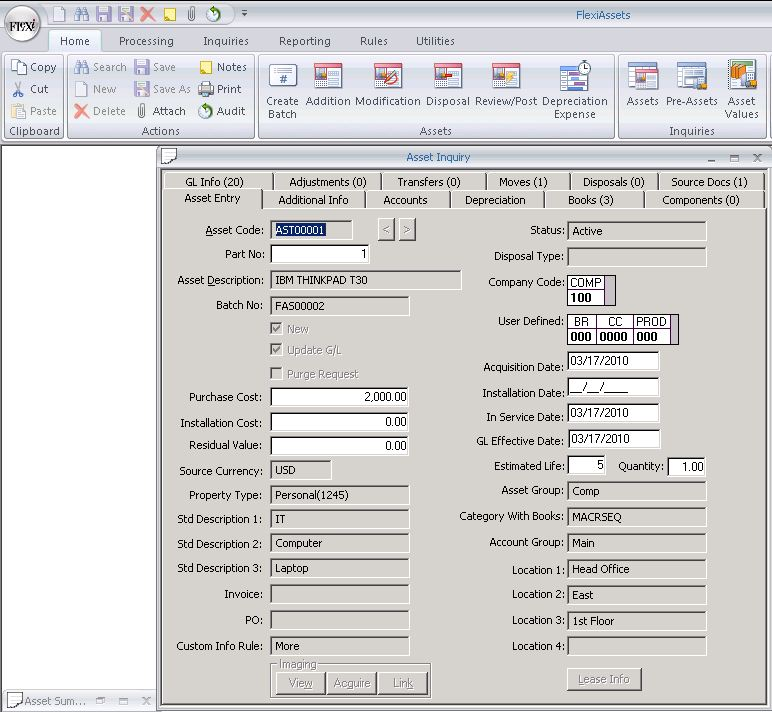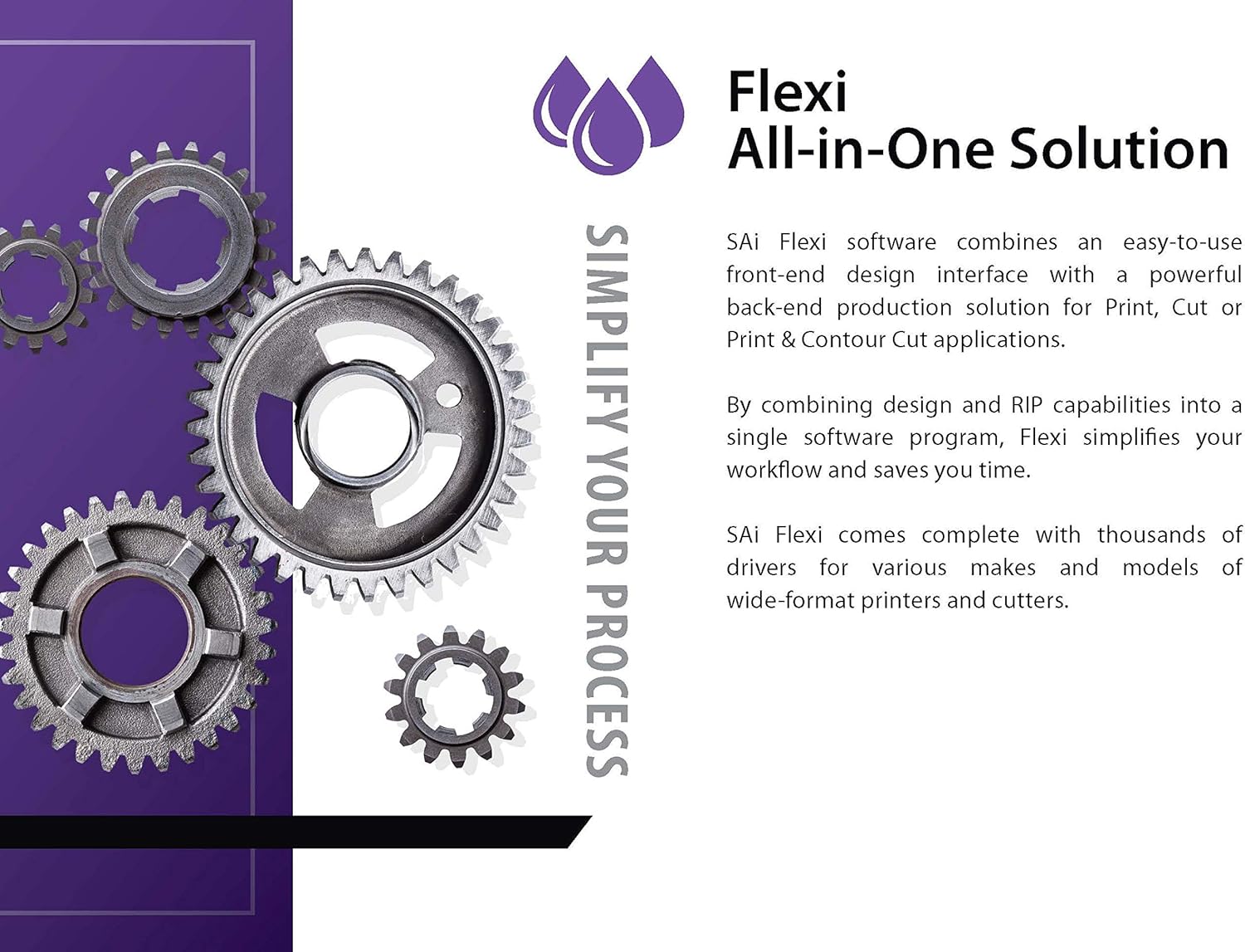Flexi software revolutionizes the way businesses operate, offering customizable solutions to meet specific needs and enhance flexibility. From key components to implementation strategies, dive into the world of flexi software for a transformative experience.
Definition of Flexi Software
Flexi software, short for flexible software, is a type of software that can be easily customized and adapted to meet the specific needs of a business or organization. It offers a high degree of flexibility in terms of functionality, features, and user interface, allowing users to tailor it to their unique requirements.
Key Features of Flexi Software
- Customization: Flexi software can be easily customized to fit the specific needs of the organization, without the need for extensive coding or development.
- Scalability: Flexi software is scalable, meaning it can grow and adapt as the business expands or changes over time.
- Integration: Flexi software can integrate with other systems and software, streamlining processes and increasing efficiency.
- User-friendly Interface: Flexi software typically comes with an intuitive user interface that is easy to navigate and use.
Industries Using Flexi Software
Flexi software is commonly used in industries such as:
- Finance and Accounting: Flexi software can help streamline financial processes, track expenses, and generate reports with ease.
- Human Resources: Flexi software can assist in managing employee data, payroll, and benefits administration.
- Manufacturing: Flexi software can optimize production processes, inventory management, and supply chain operations.
- Retail: Flexi software can enhance customer relationship management, inventory tracking, and sales reporting.
Benefits of Using Flexi Software
- Increased Efficiency: Flexi software can automate repetitive tasks, saving time and reducing errors in business operations.
- Cost Savings: By streamlining processes and improving productivity, flexi software can help reduce operational costs in the long run.
- Adaptability: Flexi software can easily adapt to changing business needs and regulations, ensuring long-term relevance and usability.
- Enhanced Decision Making: Flexi software provides real-time data insights and analytics, empowering businesses to make informed decisions quickly.
Key Components of Flexi Software

Flexi software is comprised of several key components that work together to provide a high level of flexibility and customization for businesses. These components play a crucial role in adapting the software to meet the specific needs of different organizations.
Data Management
Data management is a fundamental component of flexi software, allowing businesses to store, organize, and manipulate data efficiently. This component enables users to access and analyze information quickly, making informed decisions based on real-time data.
Customization Tools
Flexi software offers a range of customization tools that allow businesses to tailor the software to their unique requirements. These tools enable users to modify interfaces, workflows, and functionalities to align with specific business processes and workflows.
Integration Capabilities
Integration capabilities are essential components of flexi software that enable seamless connectivity with other systems and applications. This feature allows businesses to integrate flexi software with existing tools and platforms, streamlining operations and enhancing efficiency.
Scalability
Scalability is a key component of flexi software that allows businesses to easily adapt and expand the software as their needs evolve. This component ensures that the software can grow alongside the organization, accommodating increased data volumes and user requirements.
Implementation of Flexi Software
Implementing flexi software in a company can bring numerous benefits in terms of efficiency and productivity. Below are some best practices, common challenges, and tips for successful integration:
Best Practices for Implementing Flexi Software
- Start by clearly defining your goals and objectives for implementing the flexi software.
- Involve key stakeholders from different departments to ensure a smooth transition and alignment with organizational needs.
- Provide comprehensive training to employees to ensure they understand how to use the software effectively.
- Regularly communicate with employees to address any concerns or issues that may arise during the implementation process.
Common Challenges Faced During Implementation
- Resistance to change from employees who are used to existing systems and processes.
- Integration issues with other existing software or systems within the company.
- Lack of proper training and support for employees leading to confusion and inefficiency.
- Budget constraints and time limitations impacting the implementation process.
Tips for Successful Integration of Flexi Software
- Plan the implementation process carefully and set realistic timelines for each stage.
- Provide ongoing support and training for employees to ensure they can fully utilize the features of the software.
- Regularly review and assess the performance of the software to identify areas for improvement or optimization.
- Seek feedback from employees to understand their experience and make necessary adjustments to enhance user satisfaction.
Customization and Scalability: Flexi Software

Customization and scalability are crucial aspects of flexi software that allow companies to adapt the system to their specific needs and accommodate future growth.
Importance of Customization
Customization in flexi software enables companies to tailor the system to their unique processes, workflows, and business requirements. This ensures that the software aligns perfectly with the organization’s objectives and enhances overall efficiency.
- Customizing dashboards and reports to display key metrics that are relevant to the business.
- Adapting workflows and approval processes to match the company’s specific operations.
- Integrating with other tools and systems used by the organization for seamless data flow.
Examples of Tailoring Flexi Software
Companies can customize flexi software in various ways to meet their specific requirements:
- Adjusting user roles and permissions to control access to sensitive information.
- Modifying fields and data entry forms to capture unique data points important to the business.
- Creating custom alerts and notifications for specific events or milestones.
Scalability Options
Flexi software offers scalability options that allow businesses to expand and grow without outgrowing the system:
- Adding more users and increasing system capacity as the company grows.
- Integrating additional modules or functionalities to support new business requirements.
- Scaling up infrastructure to handle larger volumes of data and transactions.
Ultimate Conclusion

In conclusion, flexi software emerges as a powerful tool for businesses seeking to optimize their operations. With its customizable nature and scalability, it paves the way for efficient and tailored solutions in a dynamic market landscape.
